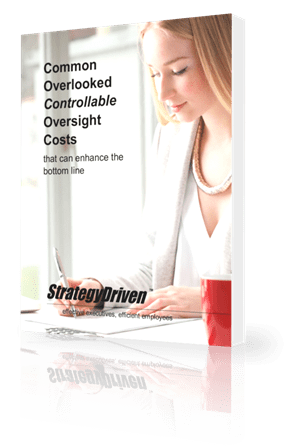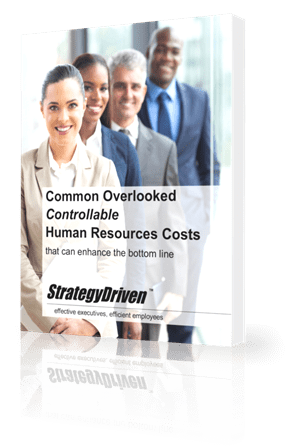Business Loan vs. Line of Credit: The Best Option for Your Business Needs
Most businesses need financing to get off the ground and running. Even established businesses may require financing for expansion or other needs. But when it comes to a business loan vs. line of credit, which is better?
There’s no clear-cut answer to that question since it depends on your specific business needs and growth strategy. Each loan type has its benefits and drawbacks. Here’s an overview of each one so you can decide which may be the right option for you.
What Is a Business Loan?
A business loan is a form of commercial financing that’s used for business expenses, which may include operational costs, business expansion, or the purchase of real estate. As with personal loans, a business loan often comes with a term, interest rate, and financing fees. Business loans may be secured (meaning you put up collateral for the loan) or unsecured.
You may obtain a business loan from a financial institution, such as a bank or credit union. Additionally, some lenders offer what are known as SBA loans. These types of loans are backed by the Small Business Administration. SBA loans offer advantages to both the lender and the business owner. For instance, the lender is protected from some risk since the government is backing the loan, while the business owner is often able to benefit from a lower down payment and flexible overhead requirements. SBA loans are typically good options for borrowers unable to qualify for traditional financing.
Business term loans are another popular type of business loan. This type of loan allows business owners to borrow a fixed amount of money, typically for a specific purpose, and then pay back the loan over a set term (time period) at a fixed interest rate.
What Is a Business Line of Credit?
A business line of credit is a more flexible form of financing that usually consists of a draw period and a repayment period. As with a business loan, a borrower is approved for a fixed loan amount with a line of credit. However, how much of that amount you use is entirely up to you. During the draw period, you can borrow as much or as little of the approved amount as you’d like.
Many lines of credit are also revolving. This means you can borrow against the line as many times as you wish as long as you have funds available. Think of it as operating similar to a credit card (without the high interest rate). If you have a revolving line of credit, you can borrow the maximum available, pay it back, and then repeat the process until the draw period ends.
During the draw period, borrowers are usually expected to make interest-only payments. Then, once the draw period is over, the repayment period goes into effect, and the borrower is responsible for paying back both principal and interest. How long the draw period lasts and how much time you have to pay back the line of credit typically varies from lender to lender.
Business Loan vs. Line of Credit
Business Loan Pros
- Fixed payment: There are no surprises with a business loan. With a fixed loan amount and interest rate, you’ll know exactly how much to budget for repayment each month.
- Multiple options: There are several types of business loans, from SBA loans to term loans and vehicle and equipment loans. This provides a variety of options to suit your specific business needs.
Business Loan Cons
- Immediate repayment: The repayment period for a business loan typically kicks in right away. So you’ll receive one lump sum payment and immediately start paying back principal plus interest.
- Restrictions: Some business loans must be used for a specific purpose. SBA loans, for instance, have stipulations on how the loan can and cannot be used.
Business Line of Credit Pros
- Flexible financing: With a line of credit, you can use as much or as little of the credit as you need. Interest doesn’t start to accrue on the borrowed amount until you draw funds. As long as the money sits untouched, you should be able to avoid making any monthly payments (unless inactivity fees apply).
Additionally, lines of credit can be used for a variety of business expenses. In contrast, some business loans (i.e., equipment or vehicle loans) can only be used for a specific business need.
- Interest-only payments: Once you start to draw against the line, you will only be responsible for paying back the interest for the duration of the draw period—keeping your initial payments low.
Business Line of Credit Cons
- Extra fees: Lines of credit sometimes come with additional fees, such as draw fees or inactivity fees. Check with your lender to see what fees may apply.
- Variable interest rate: Many business lines of credit have variable interest rates. This means the interest rate may fluctuate based on market conditions, which could make it more difficult to budget exactly how much you’ll need to repay.
There are many nuances to a business loan vs. a line of credit. If you’re weighing the pros and cons of each and trying to determine which is more suitable for your business needs, it may be helpful to consult with a business lending expert. Check with a top-rated community credit union, like Mid-Hudson Valley Federal Credit Union, to schedule some time with a member of the business lending team.
The market is always changing, so it’s helpful to consult with someone who can provide personalized recommendations. Leveraging the right type of financing could be just what you need to get your business up and running or primed to enter new markets.














Leave a Reply
Want to join the discussion?Feel free to contribute!